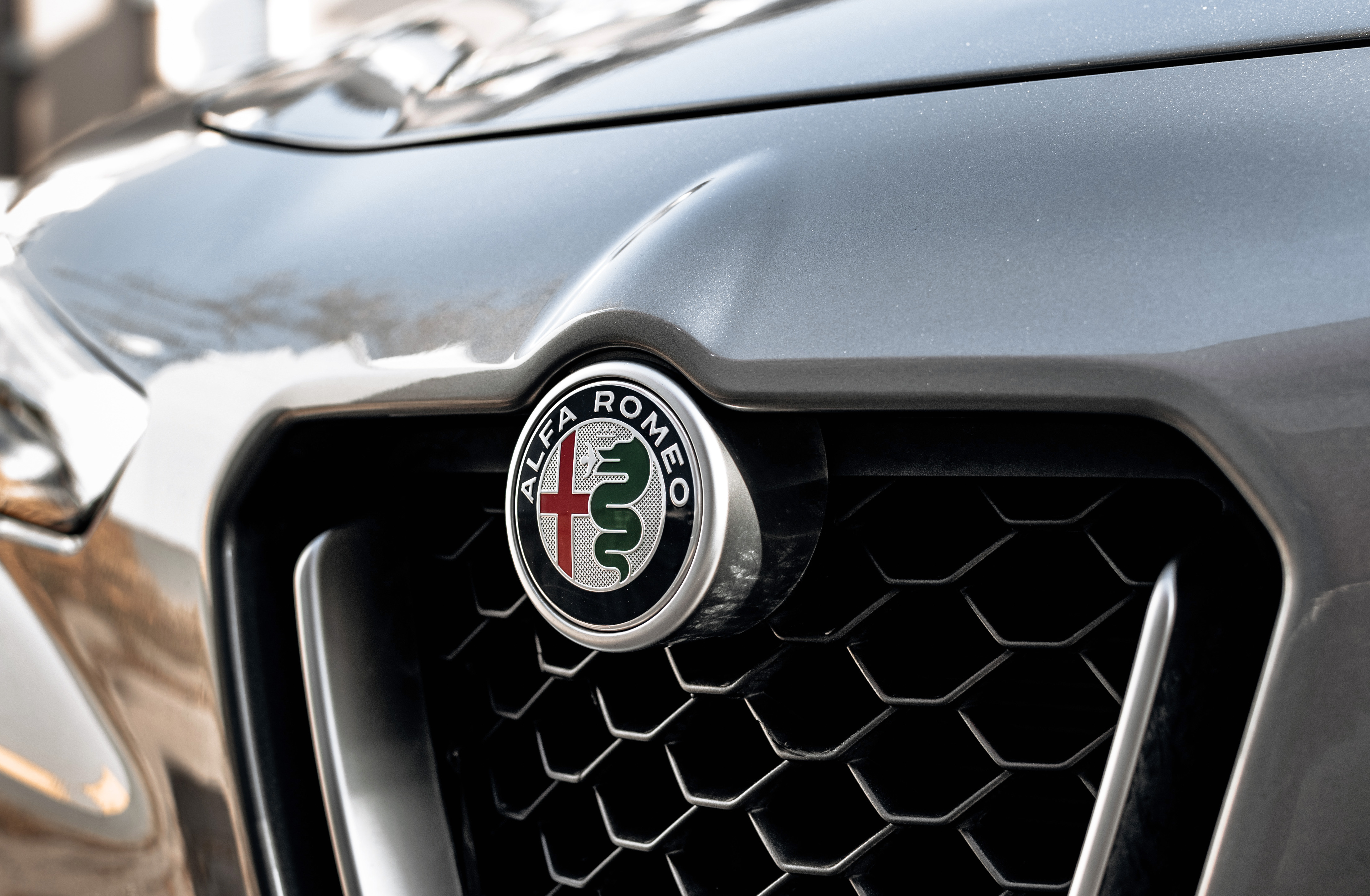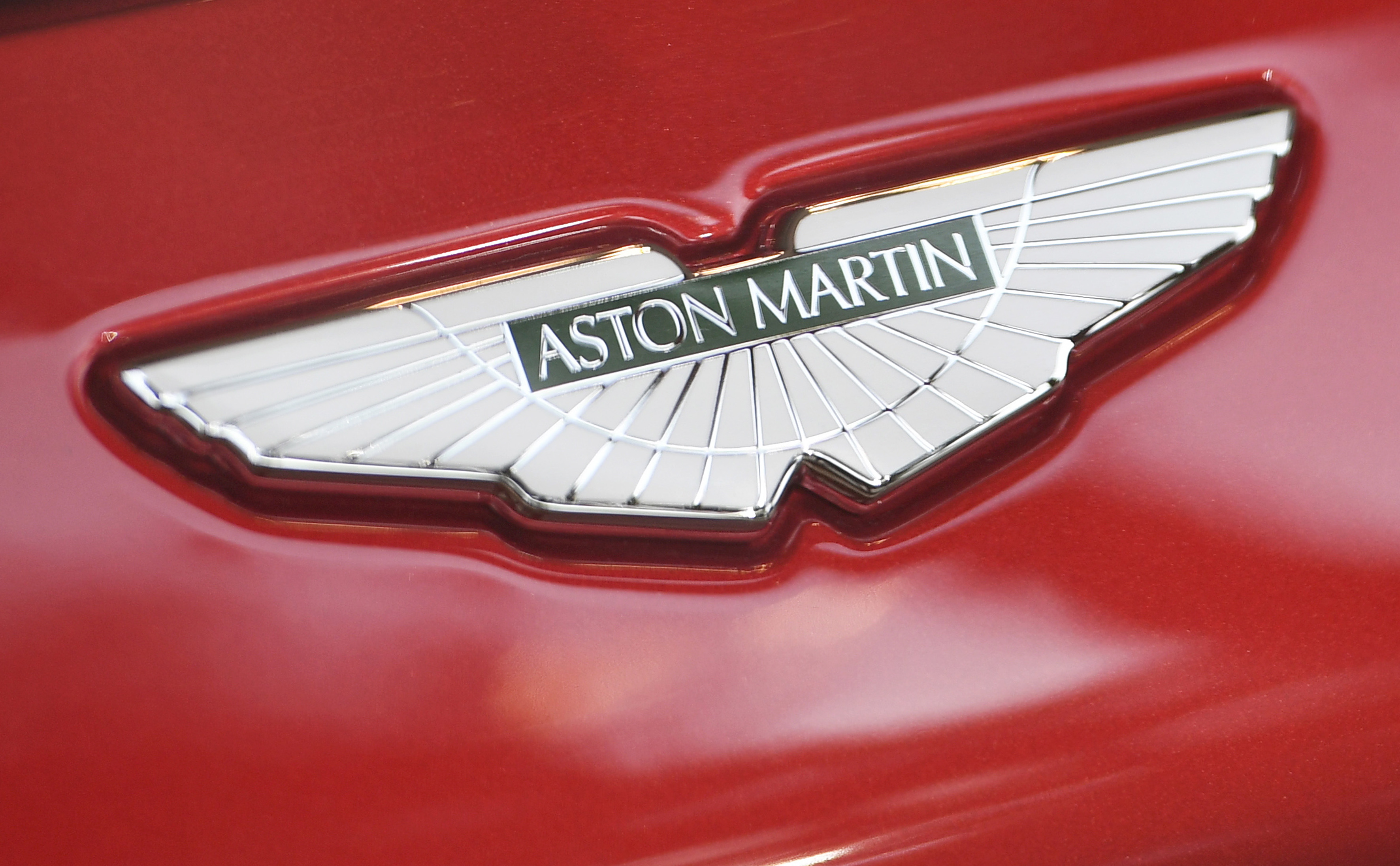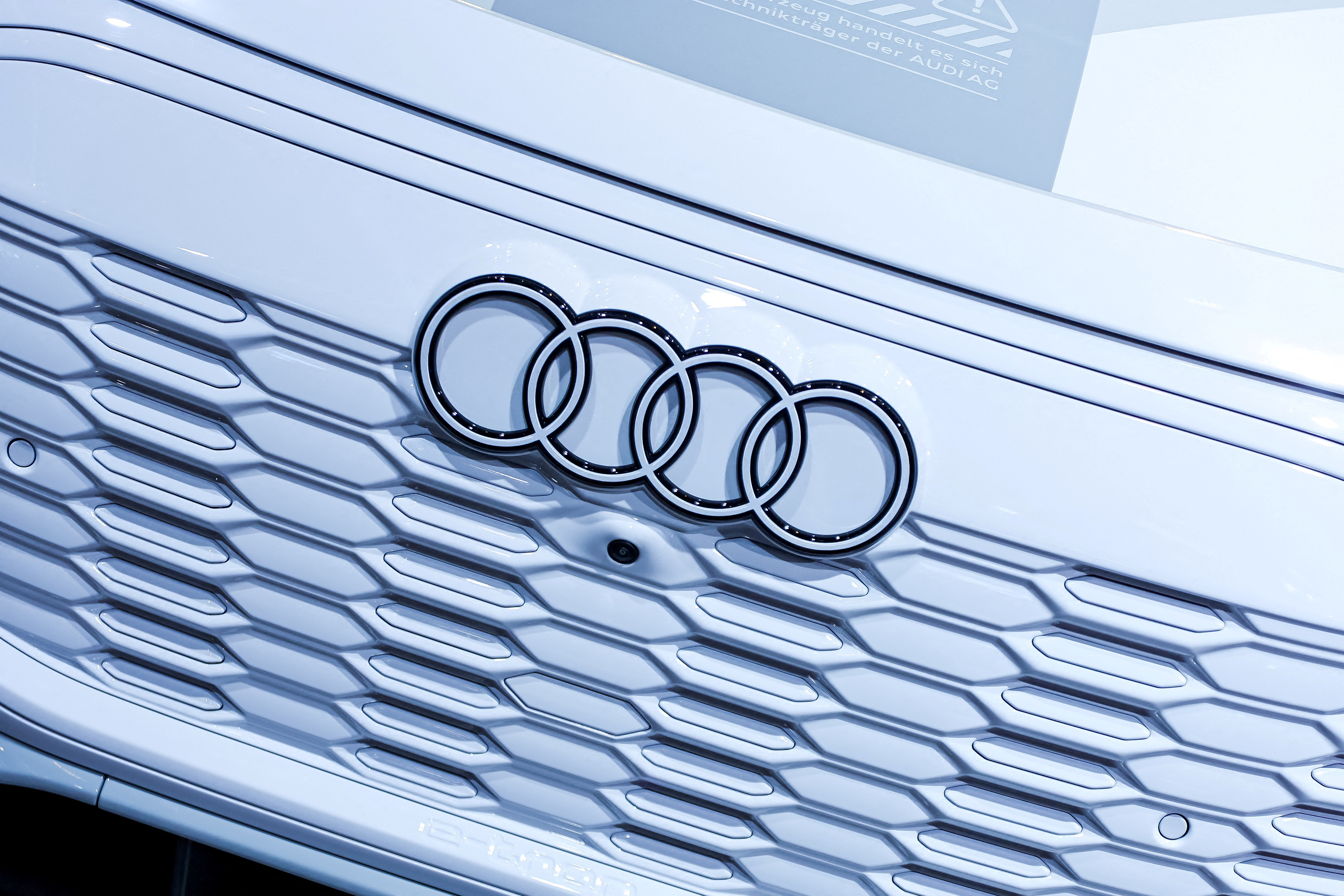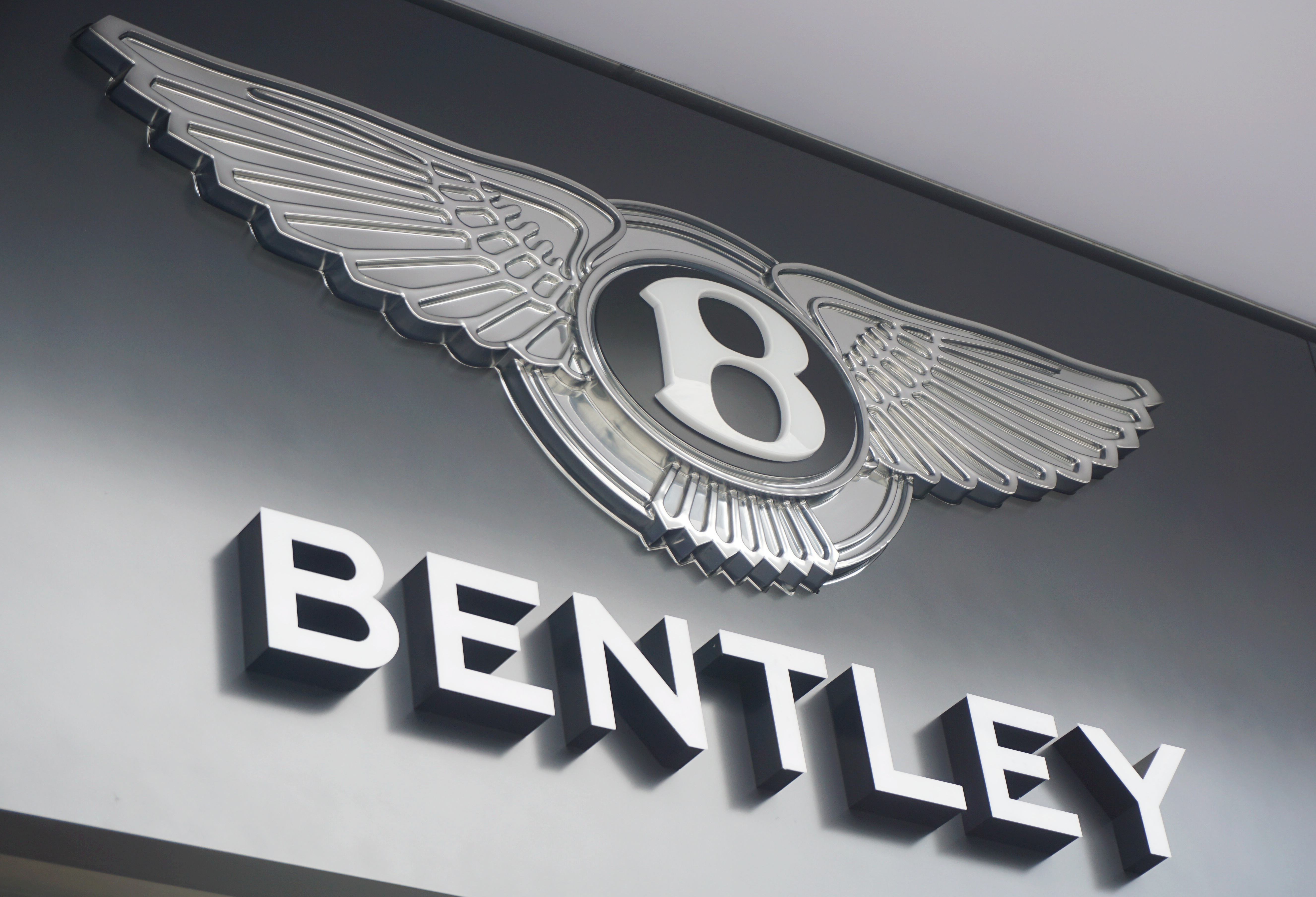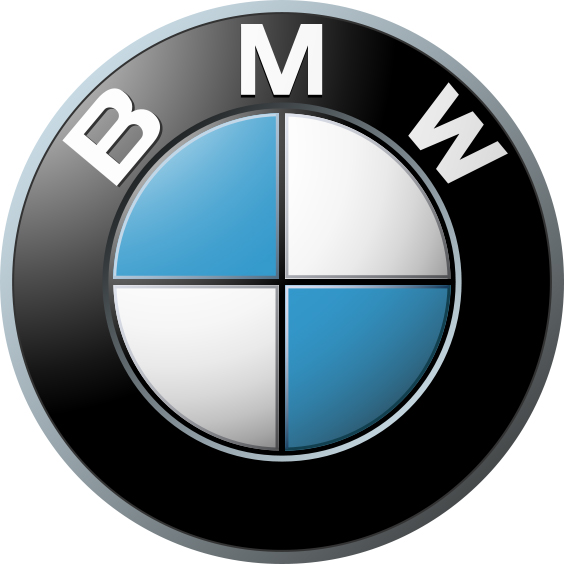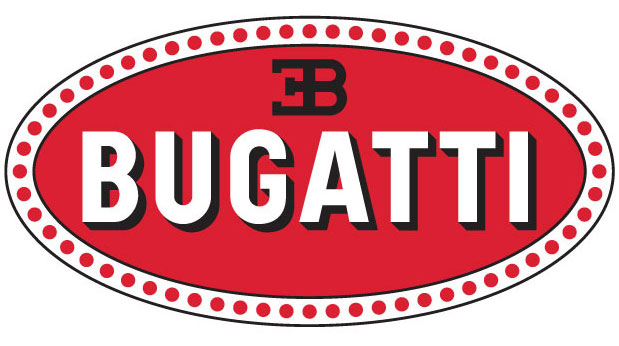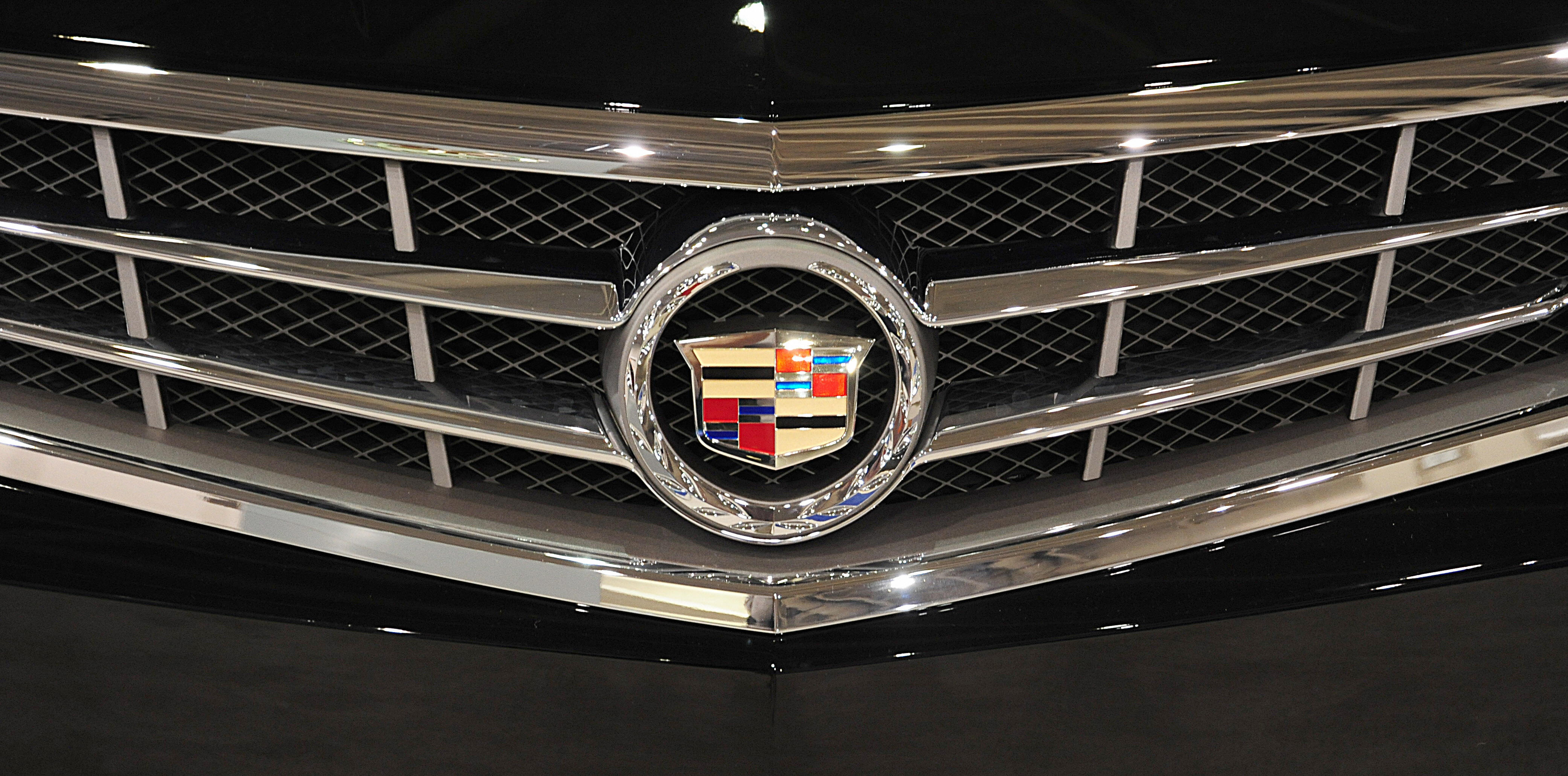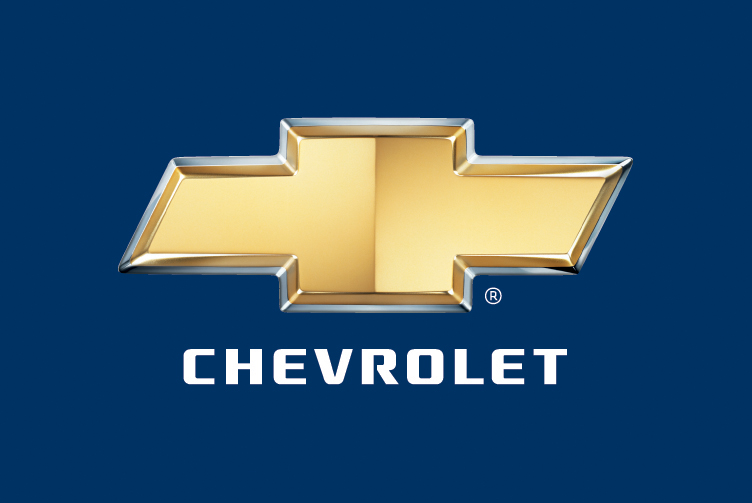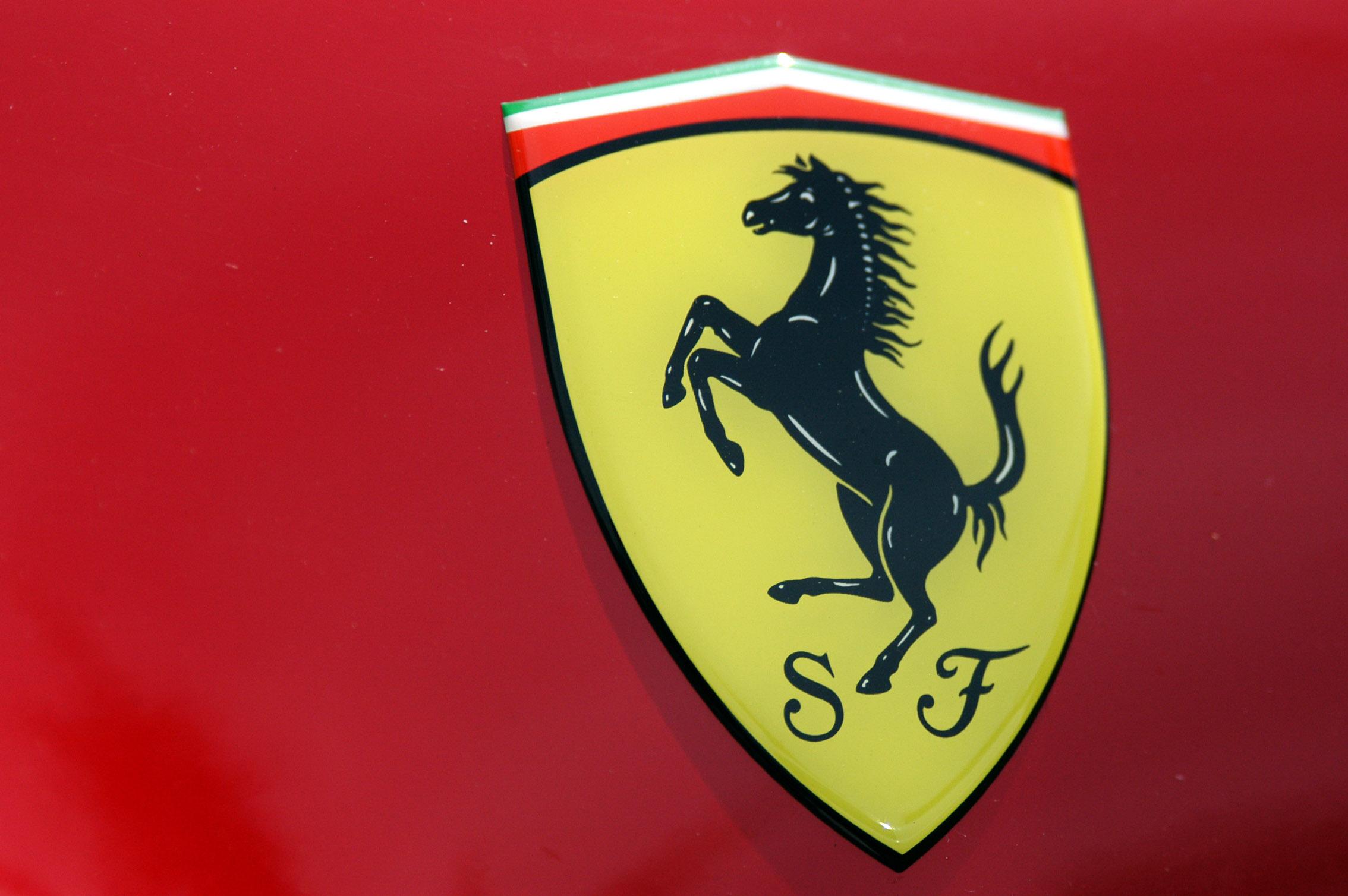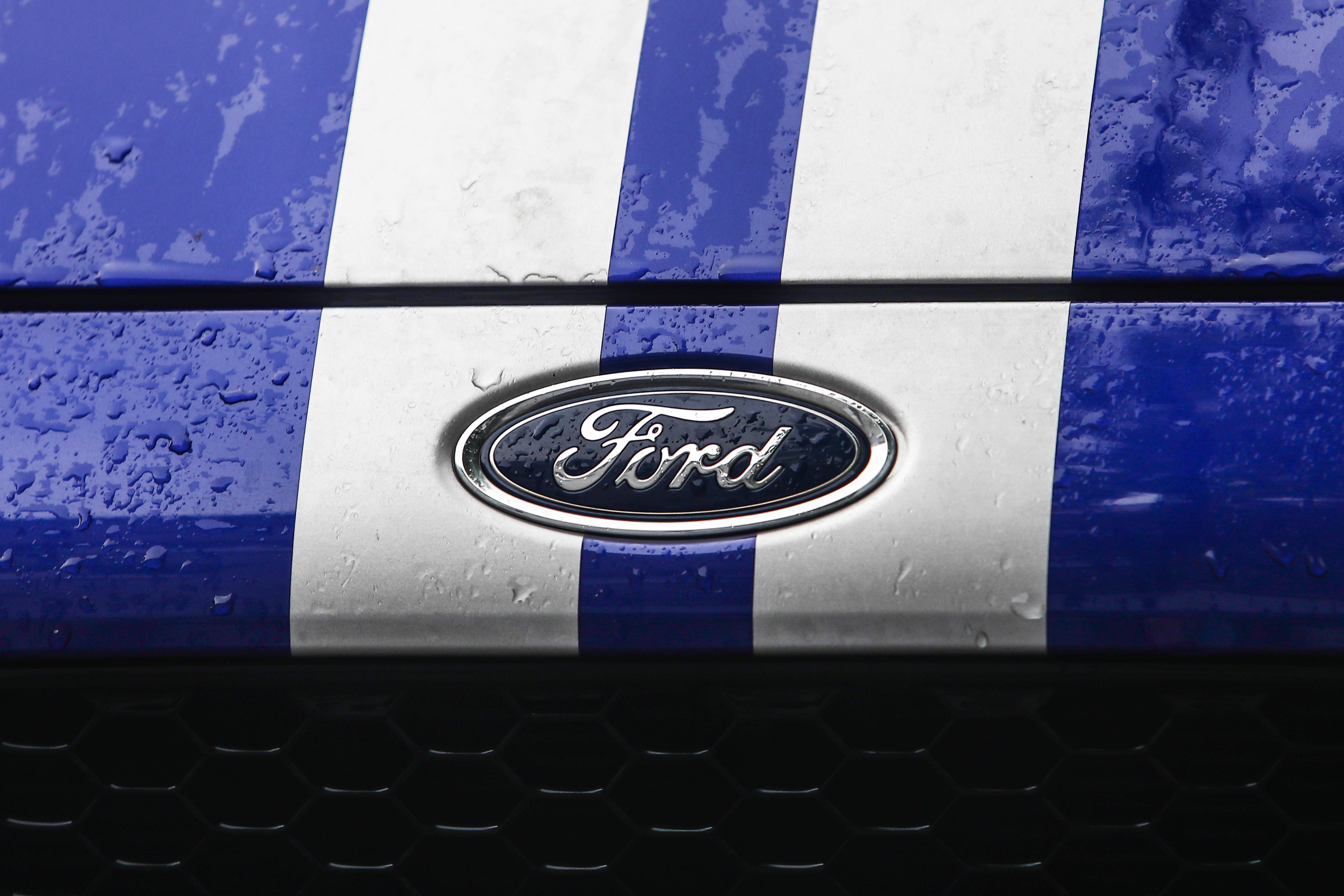Most car enthusiasts will be able to recognise which logo belongs to which brand – but what do their symbols actually mean?
ALFA ROMEO
The manufacturer’s name spells out Anonima Lombarda Fabbrica Automobili.
And Romeo comes from the last name of the businessman who bought the company in 1915.
The red cross on the badge stands for the city of Milan while the green snake represents the House of Visconti.
It shows a viper devouring a Moorish man and the symbol derives from the noble Visconti family who were known to rule Milan from 1277 to 1447.
ASTON MARTIN
The famous car brand was named after its co-founders Lionel Martin and Aston Hill Climb.
Its iconic wings logo was created in 1927 and designed to represent speed.
It is understood the image was partly modelled on fellow industry giant Bentley’s ‘Winged B’, as reported by Autocar.
AUDI
Another classic car make, Audi is recognised for its distinctive four circle logo.
The company’s name derives from founder August Horch’s surname.
It meant ‘listen’ in German, which translates to ‘Audi‘ in Latin.
The four circles overlapping represent the merging of brands Audi, DKW, Horch and Wanderer.
They are silver to signify Germany’s racing colour.
BENTLEY
Bentley originally manufactured aircraft engines, which is how their unmistakable wing badge was born.
The colour silver was used to signify class and elegance.
Interestingly, the wings are not symmetrical, with varying number of feathers on each side.
BMW
BMW stands for Bavarian Motor Works.
The iconic blue and white design is symbolic of the Bavarian flag.
Meanwhile, the black ring that encases the pattern is a nod to the company’s predecessor Rapp.
BUGATTI
The insignia above the word Bugatti holds the letters E and B, which stands for Ettore Bugatti – the brand’s creator.
There are 60 dots outlining the red oval and there are two theories on their meaning.
One suggestion is their number represents the safety of wires used in Bugatti engines due to lack of gaskets.
Another understanding is that they are pearls to signify wealth and sophistication.
CADILLAC
Cadillac’s founder, Antoine Laumet de la Mothe, was a French explorer.
He chose the name Sir of Cadillac for himself and the badge displays his coat of arms.
The design holds a shield, which was based on the armour of the baron of Lamothe-Bardigues.
It also used to feature six martlets, which were replaced with a black stripe in 2000.
CHEVROLET
This globally recognised logo was created within the first few years of Louis Chevrolet setting up the company.
He is understood to have taken inspiration from a local advert in a newspaper.
Another theory is the co-founder, William C. Durant, was travelling in Paris and saw a wallpaper design which caught his eye.
He is thought to have ripped it off a hotel wall and have taken it back to the US where it later became the famous bowtie badge.
FERRARI
The supercar’s iconic badge features the Italian flag above a yellow shield – which represents the colour of Modena.
Meanwhile, the initial S.F stand for Scuderia Ferrari – which means Team Ferraro.
The unmissable black horse was designed by Enzo Ferrari after he met with a count who had a son called Francesco Baracca in the First World War.
A similar horse had been printed on the fuselage of his aircraft.
Francesco Baracca’s mother told Ferrari the symbol would carry good luck because her son was understood to have taken a horse from a German pilot who he shot down.
FORD
Henry Ford’s signature is in the centre of the famous blue oval.
He founded the company in 1903 and the logo has been relatively unaltered since 1909.

